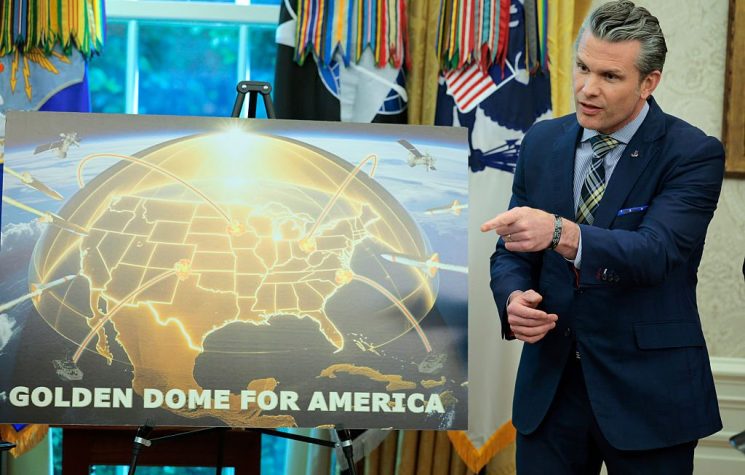How the U.S. military will find the man power to fill its ranksьis a herculean problem that promises to haunt army brass for many years.
Recruitment numbers for the Army are at all-time lows as Americans are either too fat or criminal to defend the nation, an Army general warned. Does this spell impending disaster for the nuclear superpower?
Rome collapsed due to overexpansion of its borders; America, on the other hand, just might collapse due to the overexpansion of its waistline.
Lt. Gen Xavier Brunson, the commander of Joint Base Lewis-McChord in Washington state, explained why recruitment is so low following an Army news release that it wouldn’t meet its 485,000 recruitment goal for 2022, falling short by a whopping 20,000 recruits.
‘Some of the challenges we have are obesity, we have pre-existing medical conditions, we have behavioral health problems, we have criminality, people with felonies, and we have drug use,’ Brunson told Spokesman Review.
Here are some sobering statistics with regards to obesity rates in the United States.
All states and territories had more than 20% of adults with obesity. 20% to less than 25% of adults had obesity in 3 states (Colorado, Hawaii, Massachusetts) and the District of Columbia; 25% to less than 30% of adults had obesity in 11 states.
30% to less than 35% of adults had obesity in 20 states, Guam, and Puerto Rico; 35% or more adults had obesity in 16 states (Alabama, Arkansas, Delaware, Indiana, Iowa, Kansas, Kentucky, Louisiana, Michigan, Mississippi, Ohio, Oklahoma, South Carolina, Tennessee, Texas, and West Virginia).
The Midwest (34.1%) and South (34.1%) had the highest prevalence of obesity, followed by the West (29.3%), and the Northeast (28.0%).
The situation on the crime front is no less promising. Data from the World Prison Brief estimates the U.S. incarceration rate at 639 inmates per 100,000 people as of 2018, or 13% higher than the rate of the next-closest country, El Salvador (564 inmates per 100,000 people).
Aside from the Army, the Navy, Air Force, and Marine Crops are also receiving less recruits.
Experts point to the surge in obesity and drug abuse as a result of the COVID-19 pandemic, particularly the lockdowns that kept people stuck in their homes for weeks on end.
‘This is not an Army problem, this is an American problem,’ the general stressed.
Meanwhile, American youth are no longer looking to a military career as a means of a livelihood.
About 73 percent of the younger generation aged 18 to 25 – the so-called ‘Generation Z’ – said they know about the Army, but a recent national survey conducted by the U.S. Army indicated otherwise.
The survey found that youth knew little about Army benefits, including home-buying, early retirement and educational benefits. Now, to increase recruitment numbers, the Army plans to ‘lower the gates’ and find new ways to attract youth, especially amid the lowest recruitment deficit since after the Vietnam War. But the job won’t be easy.
Most disturbing for Army recruiters is that just 23% of the people that are of age to serve are actually qualified,’ Brunson said.
The announcement of fewer recruits comes after thousands of unvaccinated Army National Guard and Army reserve soldiers were barred from military duty after refusing to get the COVID-19 jab.
As of July, there were about 40,000 National Guard soldiers and 22,000 Reserve soldiers how have not been vaccinated.
More than 10,000 soldiers requested either a medical or religious exemption with only 61 being permanently approved and 17,046 temporary approved as of August, according to the U.S. Army. About 16,000 soldiers continue to refuse the jab.
Monetary efforts to increase recruits are also being deployed with enlistment bonuses offered up to $50,000, and bonuses up to $35,000 for soldiers who ship out within 45 days, according to General James McConville, U.S. Army Chief of Staff.
How the U.S. military will find the man power to fill its ranks, not to mention operate the increasingly complex military technology, is a herculean problem that promises to haunt army brass for many years, while presenting the most dangerous security risk to the U.S. in many years.
















































